Points of parity allow a new SaaS company or product to attract customers quickly and position your company's product to thrive regardless of the competition.
Here’s how:
By identifying the essential features or functionalities of your competitor’s product and incorporating them into yours.
This is important, considering that 1 out of 100 SaaS startups turns into a unicorn, and about 90% fail. One key reason for this huge failure rate is poor market fit.
We talk about our journey to PMF a lot here at Command AI and today we're sharing some of the things we've learned from it, along with what we've seen work for other companies, particularly when it comes to parity.
Simply put: products that lack basic functionalities needed by the customers.

Oftentimes, SaaS companies focus on differentiating their product from the rest, but going extreme could pose a problem.
Some elements, functionalities, or features of a product are considered mandatory if you want to thrive in your space. That's what Points of Parity (POPs) are all about.
Failing to address POPs cuts you out of that massive market. SaaS providers that ignore POPs risk stagnating as their product is dismissed before it starts.
What is Points of Parity (POPs)
Points of Parity (POPs) are features or aspects of a product, which are considered essential to compete in its market. Think of it as the minimum standards – examples include task lists for project management tools or email builders for marketing automation software.
Points of Parity vs. Points of Difference: What’s the difference?
In product-led growth models, both Points of Parity and Points of Difference are crucial, but they’re not the same. The table compares them side-by-side:
Why Do POPs Matter for SaaS?
Points of Parity matter in SaaS because they serve as the foundation for meeting customer expectations and establishing credibility in a competitive market.
Without the expected features of your niche (think robust analytics for a marketing tool), users won't even consider your product, no matter how innovative other areas may be.
POPs establish your product as a credible contender in the industry.
When a customer is choosing a new task management app, for instance, do you think they’d even look at an app without basic features like creating lists or assigning deadlines? Probably not!
In SaaS, where there’s a ton of ways to solve the same problem, POPs ensure you meet these minimum standards. Not having them makes you invisible to buyers – no matter how good your other features are!
Examples of Points of Parity in Different SaaS Verticals
To help you implement Points of Parity, let's examine 4 common SaaS verticals to see Points of Parity in action.
1. Communication tools:
In the realm of communication tools, basic features like email sending, list segmentation, and analytics are the bread and butter.
Take, for instance, popular email marketing platforms like Mailchimp or Constant Contact. These tools offer essential functionalities that every marketer needs to reach their audience effectively.

From crafting compelling email campaigns to analyzing performance metrics, these features are non-negotiable for businesses looking to connect with their customers.
Without these basic features, email marketing would be like shooting arrows in the dark. These essential features drive customer satisfaction and loyalty, thereby reducing churn.
2. Project management:
In project management platforms, features such as task assignment, progress tracking, and collaboration tools are indispensable.
Platforms like Asana or Trello offer teams the ability to assign tasks, track their progress, and collaborate seamlessly — all from one centralized hub.
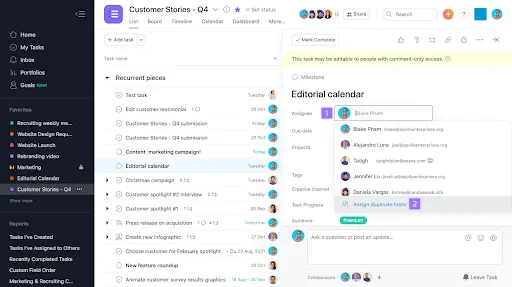
Without these basic functionalities, coordinating projects would be like herding cats, with tasks slipping through the cracks and deadlines missed left and right.
Whether you’re targeting new startups or large enterprise managers, they need these basic functionalities in your product to keep projects on track and teams aligned.
3. Customer Relationship Management (CRM):
Points of Parity play a crucial role in CRM platforms.
Customers expect features such as contact management, lead tracking, and sales pipeline management.
HubSpot, for example, provides businesses with tools to effectively manage their contacts, track their leads, and visualize their sales pipeline — all in one place.

Without these fundamental features, managing customer relationships would be like trying to navigate a maze blindfolded, with no clear direction or insight into your interactions with customers.
If you prioritize POPs and provide businesses with the tools they need to organize their contacts, track their leads, and manage their sales pipeline, then your business will build stronger relationships with customers, close more deals, and drive growth.
4. Accounting Software:
In accounting software like QuickBooks, Points of Parity create a level playing field for everyone.
Think of core elements like invoicing, expense tracking, and reporting being essentials. Additionally, features such as generating a credit memo add another layer of versatility to the software.
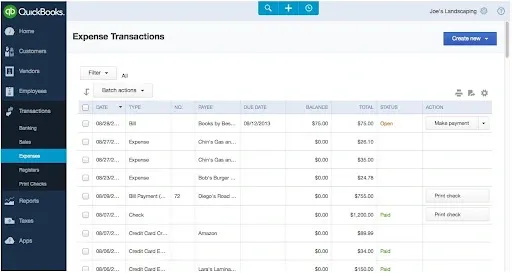
By ensuring QuickBooks matches industry standards, including its ability to handle credit memos efficiently, it gives potential users confidence in its baseline capabilities. This foundation then allows QuickBooks to highlight unique strengths that could help make it their preferred choice.
The Impact of Points of Parity on Growth, Retention, and Churn
Here’s exactly how Points of Parity (POPs) impact your SaaS business's growth, retention, and churn rates:
1. Points of Parity fuels growth:
Points of Parity serve as the launching pad for accelerated growth in the competitive SaaS industry.

Suppose you launch a marketing analytics tool... without dashboard customization.
That's an industry baseline!
Potential customers won't even give you the time of day. Lacking key POPs creates a brick wall to your growth. It's about staying relevant and meeting baseline market expectations from the get-go.
Even missing something simple as a QR code (if its expected to be there) can hurt your credibility. Including a QR code meets expectations and shows that you are attentive to the latest trends and standards.
By meeting the basic needs of customers, businesses attract new users and expand their market share.
Clear and helpful Points of Parity inspire new customers to sign up to give your platform a try and retain them for months if not years as they continue to enjoy it.
2. Points of Parity retain the customer:
Meeting customers' basic expectations leads to satisfaction and loyalty, thereby reducing the likelihood of churn.

For example, a platform for managing property that provides user-friendly property listing management, lead tracking, and client communication tools will drive a lot of engagement from brokers.
But POPs aren't static. They change or improve over time. So you must also innovate and follow the trend.
Imagine your competitor suddenly adds powerful AI features – a feature your users clamor for. Your once-sufficient app, stuck with only its initial POPs, now feels lacking.
If you don’t want to drive dissatisfaction or increased churn, you need to continuously monitor industry shifts to ensure your POPs stay competitive.
3. Points of Parity mitigates churn:
Neglecting Points of Parity can significantly increase churn rates as customers seek alternative solutions that better meet their basic needs.
For instance, imagine an email marketing platform lacking essential features like list segmentation and basic analytics.
Even if you convince users to sign up, they’ll eventually leave if they discover your product lacks the essential features they need. In other words, you have a poor onboarding process.
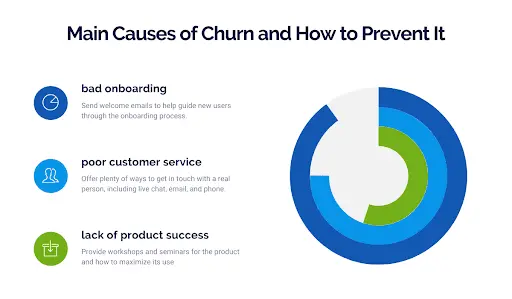
Businesses relying on this platform may experience frustration, leading them to explore what the competitors can offer.
Building a truly "sticky" SaaS is about having POPs AND something extra.
If your platform offers the necessary features and nothing more, it's too easy for customers to jump ship the moment another company pops up with shiny new features or better pricing.
Having a solid foundation of POPs establishes trust, but continuous innovation in areas of differentiation helps reduce churn for long-term growth.
Strategies for Leveraging Points of Parity (POPs)
Now that we've established the critical role of Points of Parity in your SaaS business, let's dive into the 5 proven strategies for leveraging them to your advantage.
1. Align with customer expectations:
Points of Parity must align with customers’ expectations without annoying them.
While it’s important to conduct market research and analyze customer feedback to identify essential features, there's another level of intent data and insight you can gather through your users' engagement weith both your product and your support tools. Just like how you can create a competitor analysis bot with a web scraping proxy can efficiently gather large volumes of data from various sources, your tools can capture valuable insights to better align with customer needs.
For example, our customers deployment of targeted microsurveys and feedback gathering in-app messaging through Command AI's nudges (mini, un-intrusive modals) greatly improved response rate and data quality.
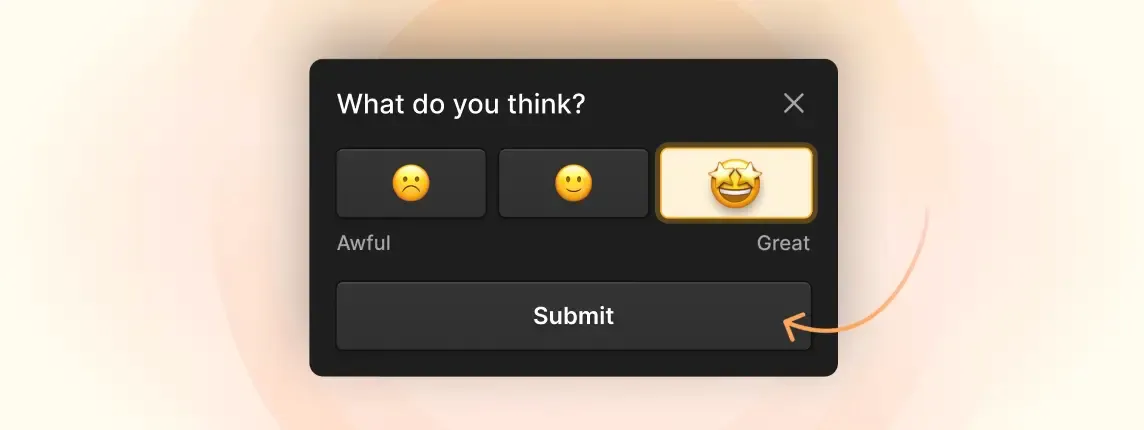
It’s your responsibility to understand what your audience expects from you and to deliver on them.
According to Business Wire, 40% of consumers cited “multiple options for communicating” as a standard feature of a company’s SaaS product, and 60% of consumers have purchased from a brand that meets their expectations.

It’s important to align your offerings accordingly to meet these expectations, especially if you want to enhance customer satisfaction and loyalty.
2. Continuous improvement and innovation:
Regularly assess and enhance your Points of Parity to stay ahead of the competition.
Listen to customer feedback, monitor industry trends, and invest in research and development.
For example, Dropbox continuously updates its file-sharing features to remain competitive in the cloud storage market.
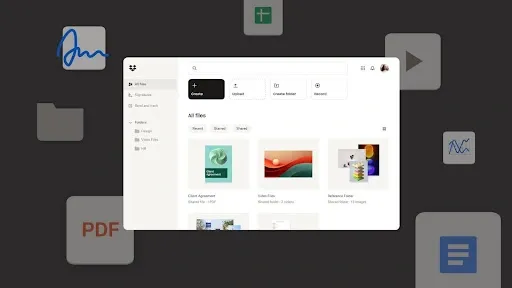
By innovating beyond basic functionalities, you can differentiate your product and drive continued growth.
3. Differentiate through value-added features:
While Points of Parity establish a baseline, differentiate your product by offering value-added features that go above and beyond customer expectations.
For instance, Slack distinguishes itself from other communication tools by integrating third-party apps (such as Loom) and offering advanced search functionalities.
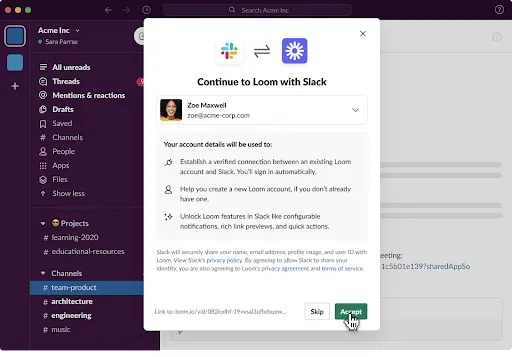
When you have a well-defined unique value proposition, it’s easier to attract and retain customers seeking enhanced capabilities.
4. Focus on user experience:
Prioritize user experience to ensure that customers can easily access and utilize your Points of Parity.
Invest in intuitive design, responsive customer support, and seamless onboarding processes.
Research shows that 88% of online consumers are less likely to return to a site after a bad experience.
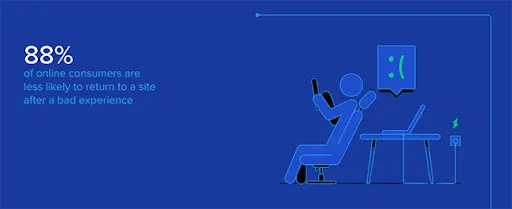
One of the biggest issues causing poor UX is overloading users with too much in-app messaging at once. To ensure a great UX, you need to only have hyper targeted messaging that fits the context of what the user is doing at that moment. Command AI helps you execute on this at scale with a variety of smart targeting methods
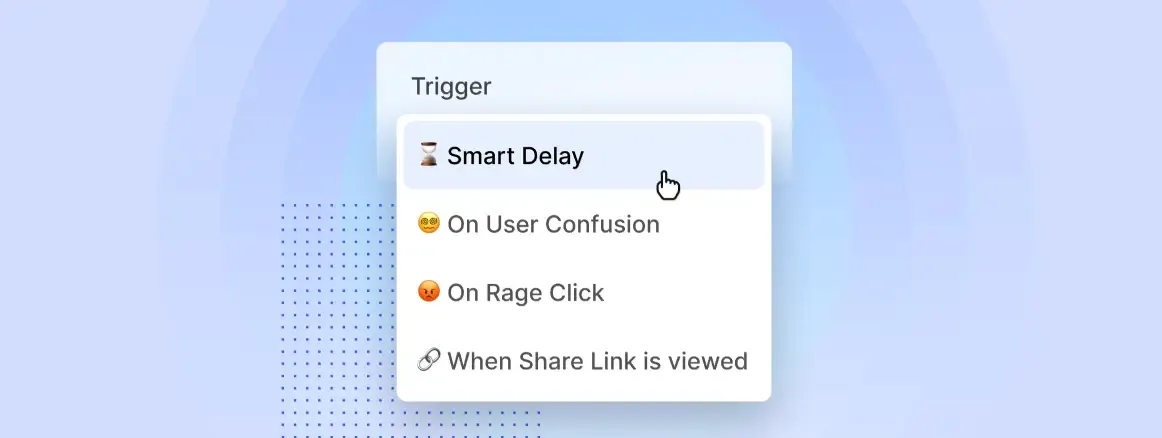
We do this not only with robust targeting on demographics, but also through smart targeting based off user Behavior. For example, if your user clicks all around the screen and frustration, we can identify this as a rage click, and you can have a nudge trigger to ask them what's going wrong. This allows you to get better in the moment, in context feedback that can inform your product decision making
Pretty cool!
5. Educate and empower users:
Educate users on how to leverage your Points of Parity effectively to achieve their goals.
Provide comprehensive documentation, tutorials, and training resources.
For example, HubSpot offers a wealth of educational content to help users maximize their CRM platform's capabilities.
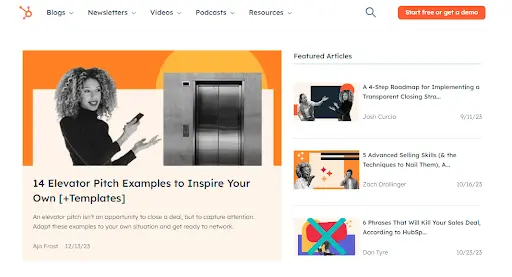
The Content team goes as far as offering a free template or kit that complements every published article.
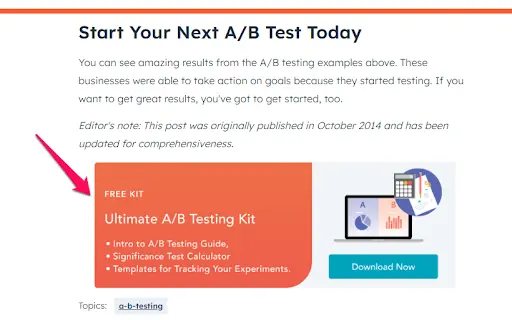
By empowering, educating, and inspiring users to make the most of your product, you can drive adoption and long-term engagement.
Looking for AI user assistance that offers comprehensive documentation, tutorials, and training resources to empower users? Try Command.ai.
Takeaway
Points of Parity are crucial for SaaS businesses as they ensure competitiveness and mitigate churn. Beyond meeting expectations, your business must adapt to evolving customer behaviors and preferences.
This entails continuous monitoring of market trends, gathering feedback, and swiftly adjusting strategies and product offerings.
While Points of Parity establish a baseline, it's the unique value propositions (i.e., Points of Difference) that truly set a product apart.
Arguably, in today's competitive landscape, merely meeting expectations isn't enough to capture attention and drive sustainable growth.
It's the distinct features and innovations that truly sweeten the deal and carve out a slice of success.

















